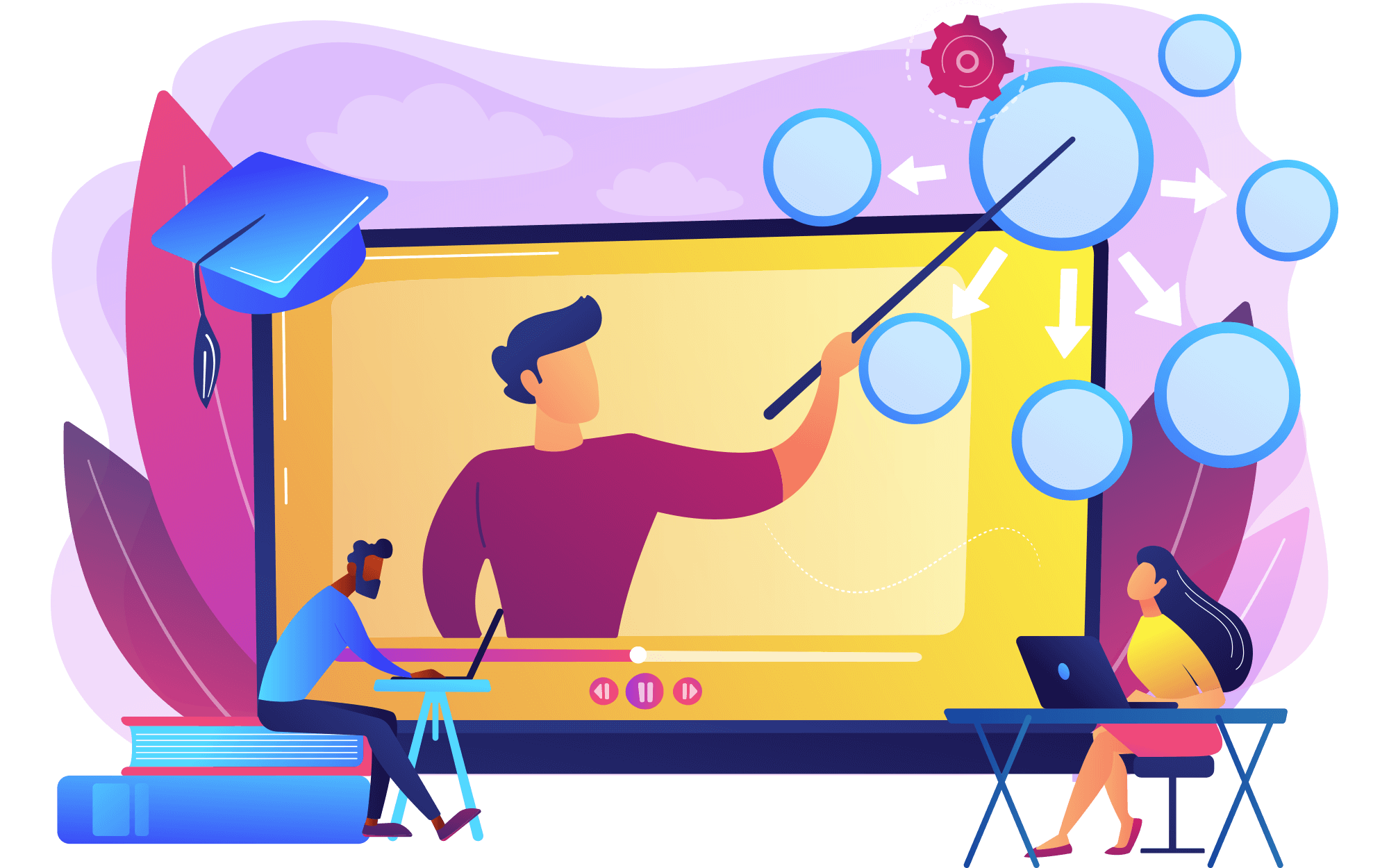When autocomplete results are available use up and down arrows to review and enter to select.
This toolkit will show you with empirical evidence the best ways to communicate with and engage policymakers in this new world.
Download as PDFCongress’s communication style is slow to change—they had a Western Union for telegraphs into the 1970s and almost no one had blackberries before 9/11.
In much the same way, the pandemic is pushing congressional offices into the digital age: decreasing number of in-person meetings, increasing number of virtual meetings and relying much more on digital communication via Facebook, Twitter, their email newsletter, their website and other media. 1
This toolkit will show you with empirical evidence the best ways to communicate with and engage policymakers in this new world.
Compared to the months prior to the COVID-10 crisis, has your Senator/Representative done more of, less of, or about the same number of the following activities in the past two months?

Compared to the months prior to the COVID-10 crisis, has your Senator/Representative done more of, less of, or about the same number of the following activities in the past two months?


1) 2020 survey of House and Senate senior staff, published in The Future of Citizen Engagement: Coronavirus, Congress, and Constituent Communications, Congressional Management Foundation, 2020.